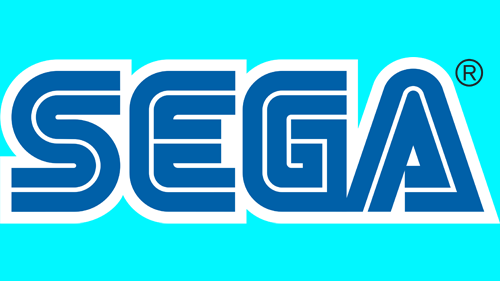
Sega is unquestionably one of my favourite video game publishers. From playing US Gold's port of Up n' Down on the Commodore 64 to arcade adventures in Out Run and Space Harrier, the company has never ceased to captivate and enthral! With the recent progress of Sega arcade emulation in MAME here's a testimonial.
During the '80s, after the collapse of Atari - following the infamous overproduction of the E.T. cartridge, which consumers had no appetite for - Nintendo dominated home entertainment in the US. Sega released the Master System to limited success (the colour booklets were a work of genius) and then Mega Drive (Genesis) arrived.
Mega Drive was the first of the 16-bit consoles and, with its black livery, epitomized cool. The machine was a hot seller in the winter of 1990 and, as a Michael Jackson fan, I coveted, nay, obsessed over Moonwalker (Sega America had signed a deal with the pop star to develop a video game based on the movie of the same name). The console conversion did not disappoint and the music samples taken from Jackson's Bad album deserve special mention. The 'synth sound' lent itself to the medium perfectly.
After many hours of dancing with MJ and bloodless decapitation in Golden Axe. I sold my Mega Drive to a college classmate and embraced the charms of the Super Nintendo Entertainment System (SNES) in 1992. However, Mega Drive prospered and was further empowered by Mega-CD and, more interestingly, 32X. The 32X (a mushroom-shaped peripheral) pumped the console's processing power to 32-bit and brought Virtua Fighter and Star Wars Arcade into the home for the first time.
In the arcades, Sega leveraged Mega Drive under the Mega Play and Mega-Tech brands. These cabinets contained 8 cartridge titles (including Altered Beast and California Games), which could be randomly selected. This format was pioneered in the '80s by Nintendo's PlayChoice-10 system (8-bit NES architecture).
With success comes inevitable hubris. Sega embarked on an ambitious schedule and introduced its next-generation console, the Saturn, to an exhausted user base. Tellingly, I recall that same classmate, who had bought my Mega Drive several years earlier, purchasing an expensive grey import Saturn and loading Panzer Dragoon and Nights for the first time. We played for several minutes before deciding to venture out to see a mutual friend's newly arrived PlayStation. Soon PlayStation would assume the mantle of console cool and leave Sega stranded.
As Y2K neared, Sega made a valiant attempt at seizing the high ground again. This time it was the Dreamcast. To this day, no fighting game has eclipsed that console's version of Soul Calibur. Ironically, Sega's machine was more than adequate, but without the dynamic marketing that defined the Mega Drive era, consumers waited for Sony's PlayStation 2 (PS2).

No comments:
Post a Comment
Comments are moderated for spam. Stay on topic and do not embed links. Keep it family-friendly.
Thank you.